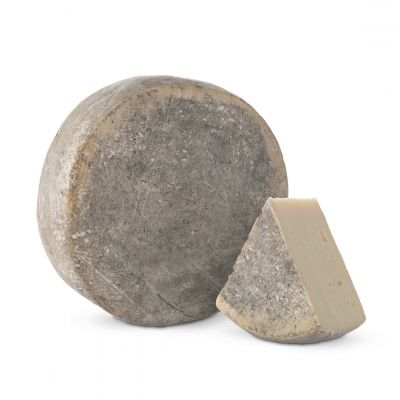It’s cold in Fobello, all around everything is frozen and the mountains surrounding the dairy are covered with snow. But the story of Gianluca warms our heart: a story of courage and commitment, not only of (good) cheeses
Gianluca is a warrior - this is what I felt when I met him.
But I’m pretty sure he sometimes feels lonely: he is defending on his own a land that is getting abandoned and carrying on a small production of raw milk cheeses, fighting against the barriers to entry imposed by regulations and competition of big players.
Still, he is proud of the results and the awards obtained, not least the title of “best artisan dairy” at the Piedmont Food Awards in 2018.
“Sometimes it seems to me that I am Don Quixote, who fights against the windmills” - he confessed as we were eating (late) a pizza for lunch.
But he does not give up, even if life is far from easy in Valsesia, being aware of walking in the right direction.
We are in Fobello, in the province of Vercelli, north-eastern part of Piedmont, in the Alta Valsesia Park, the highest protected natural area in Europe which includes Monte Rosa
Fobello is a village with 194 people. “In summer - explains Gianluca - because in winter just a hundred people live here”.
Alain, his son, is the only guy between 6 and 10 years of age and he has to drive 10 km every day to go to school.
Once again a small village that slowly become depopulated and die, as it is happening in many places in Italy.
And once again a person facing on his own the challange of remaining, to keep the village alive, even if leaving would be the easiest, most obvious, perhaps the most rational choice
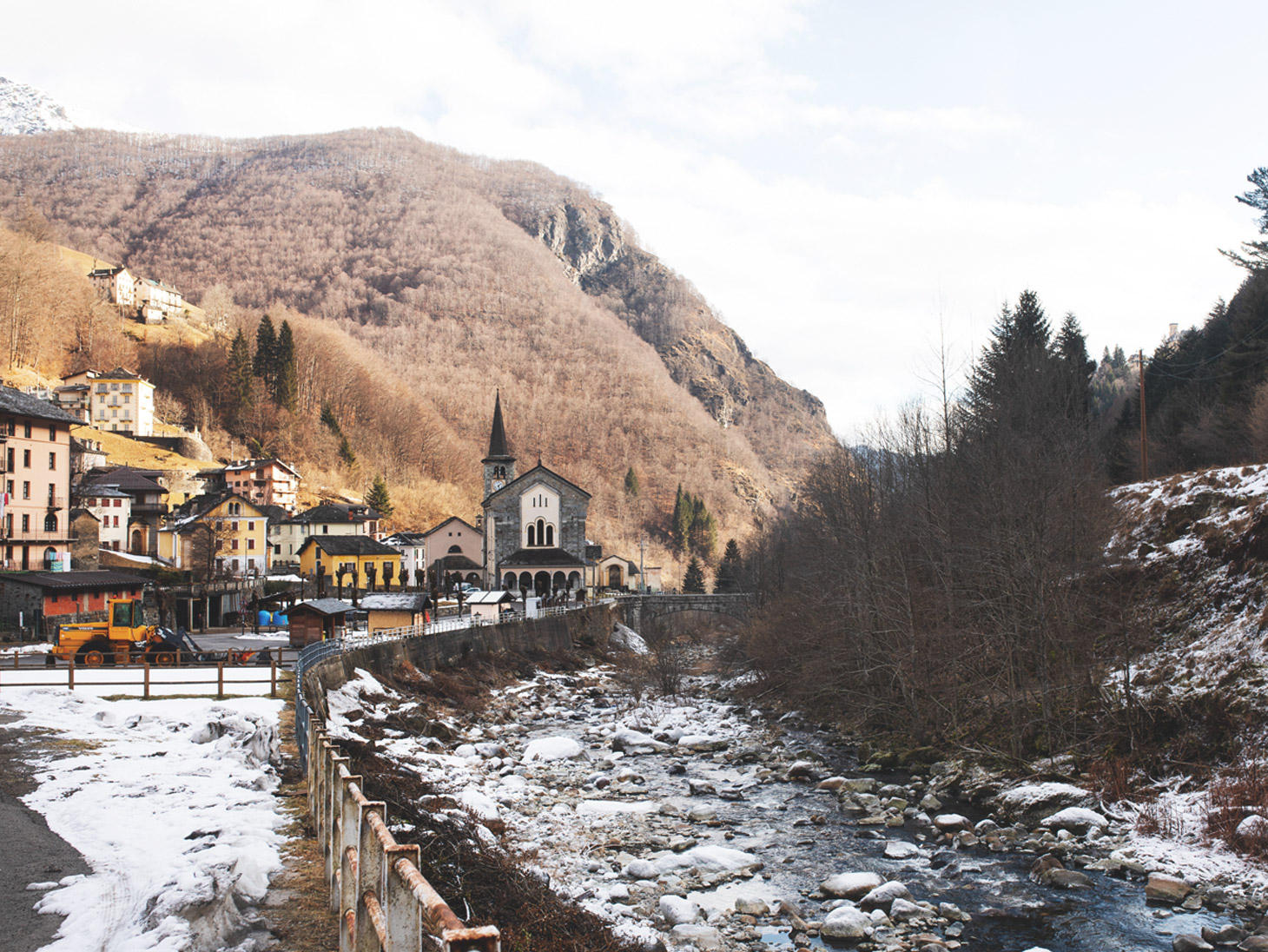
But no.
“I returned to Fobello after working 7 years in Cannes as a real estate agent”.
A degree in economics, biker in his soul, Gianluca Bacchella decided to leave everything and come back to the village where he spent his childhood. When he was a child he used to have a cup, hang at a tree, which he used with his friends to secretly milk the milk from cows grazing behind the house.
“It’s tough, but it’s a real place, made of authentic relationships. The French Riviera was really beautiful, but in that job only money matters. It wasn’t what I wanted to do in my life“
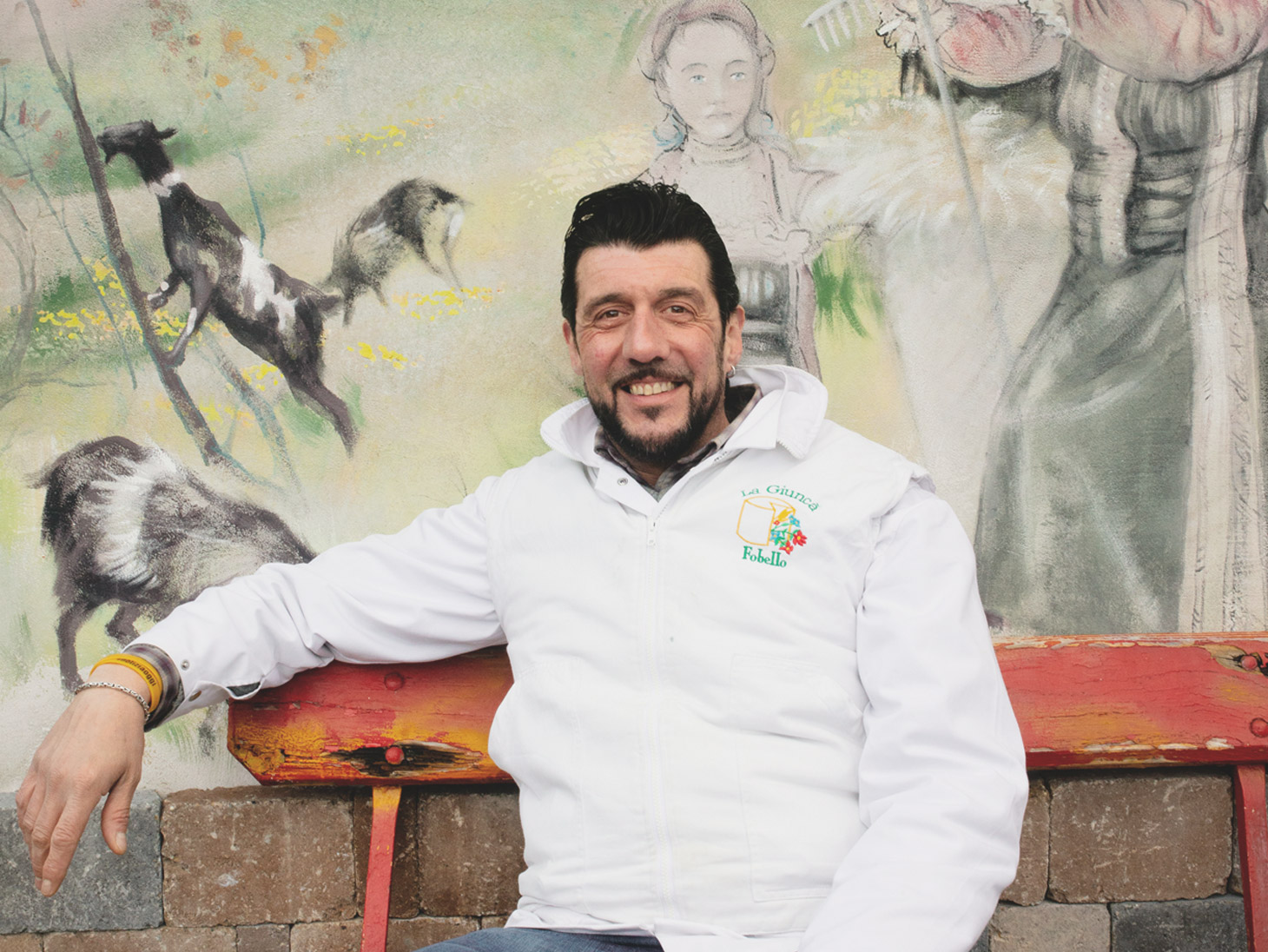
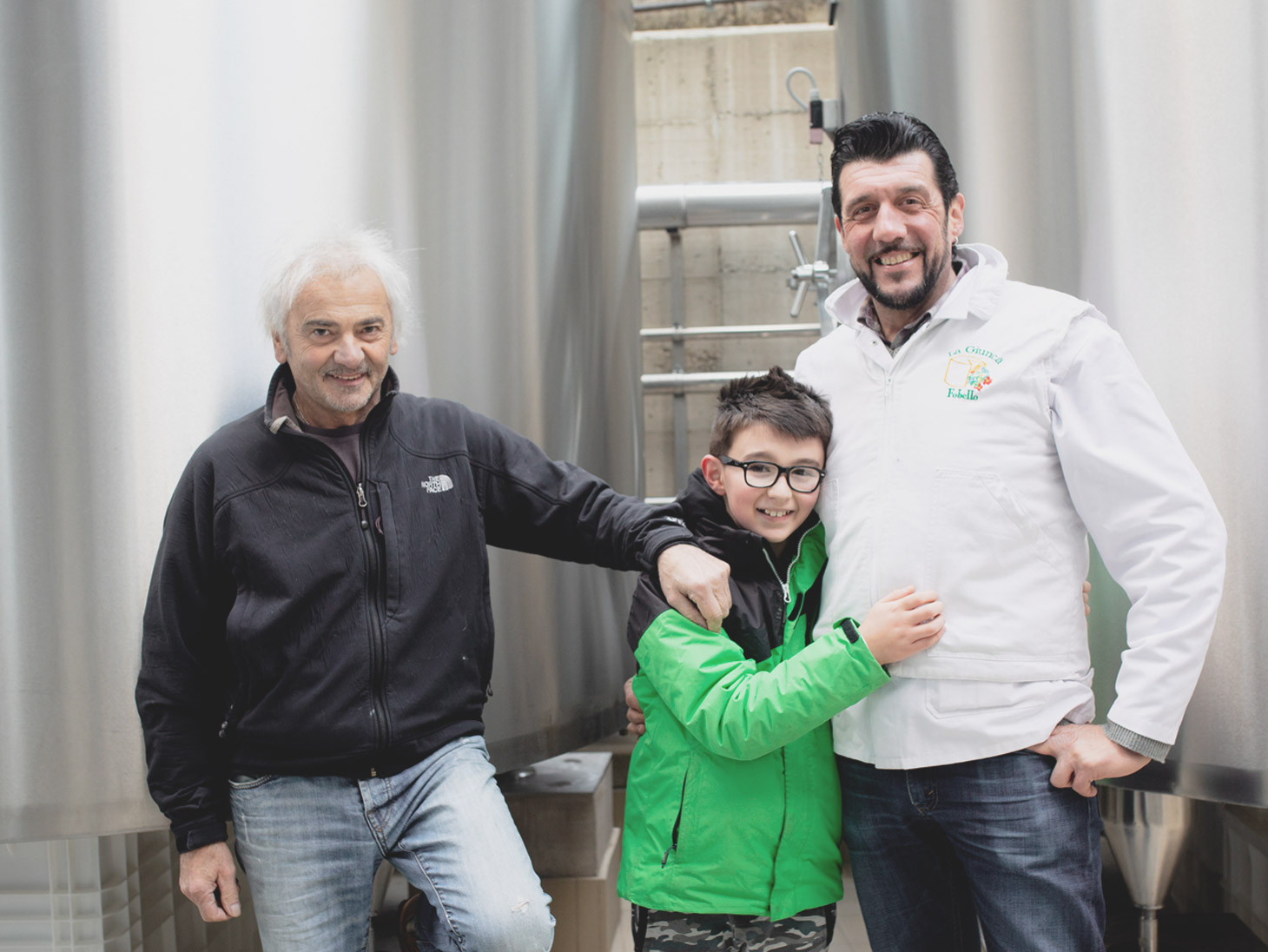
In 2003 the announcement of the municipality for the management of the mountain dairy in the Roj pasture went deserted for the third time.
Bruno, the partner of Ileana, Gianluca’s mother, decides to take it over. “It costs nothing, they give it for free, we will make just few cheeses for friends.”
This is how La Giuncà was born, a little by chance, a bit because Bruno Giovannacci has indeed the blood of a cheese maker.
Son and grandson of cheesemakers for three generations, he tried the job when he was young, but did not love it.
He decided to be a surveyor, until he met Ileana, who made him discover Valsesia, and he fell in love with both of them. During one of his trips back home from the French Riviera Gianluca tasted Bruno’s cheeses.
Cheeses that have a story to tell. that of a mountain pasture that you can reach only with difficulty on a dirt road, where in winter, in order to bring milk to the dairy, the truck must be towed by a jeep in front and one behind.
Cheeses made with the milk of the last shepherds, who even breed only 10-20 heads per family.
So Gianluca decided to leave Cannes and return home, loaded the cheeses on a van and started to introduce himself to the Piedmontese and Lombard cheese shops. “You’re crazy? They cost too much” - was the refrain.
Until he convinced them to taste the cheese: “If they taste the cheeses then they buy them. This was the key“.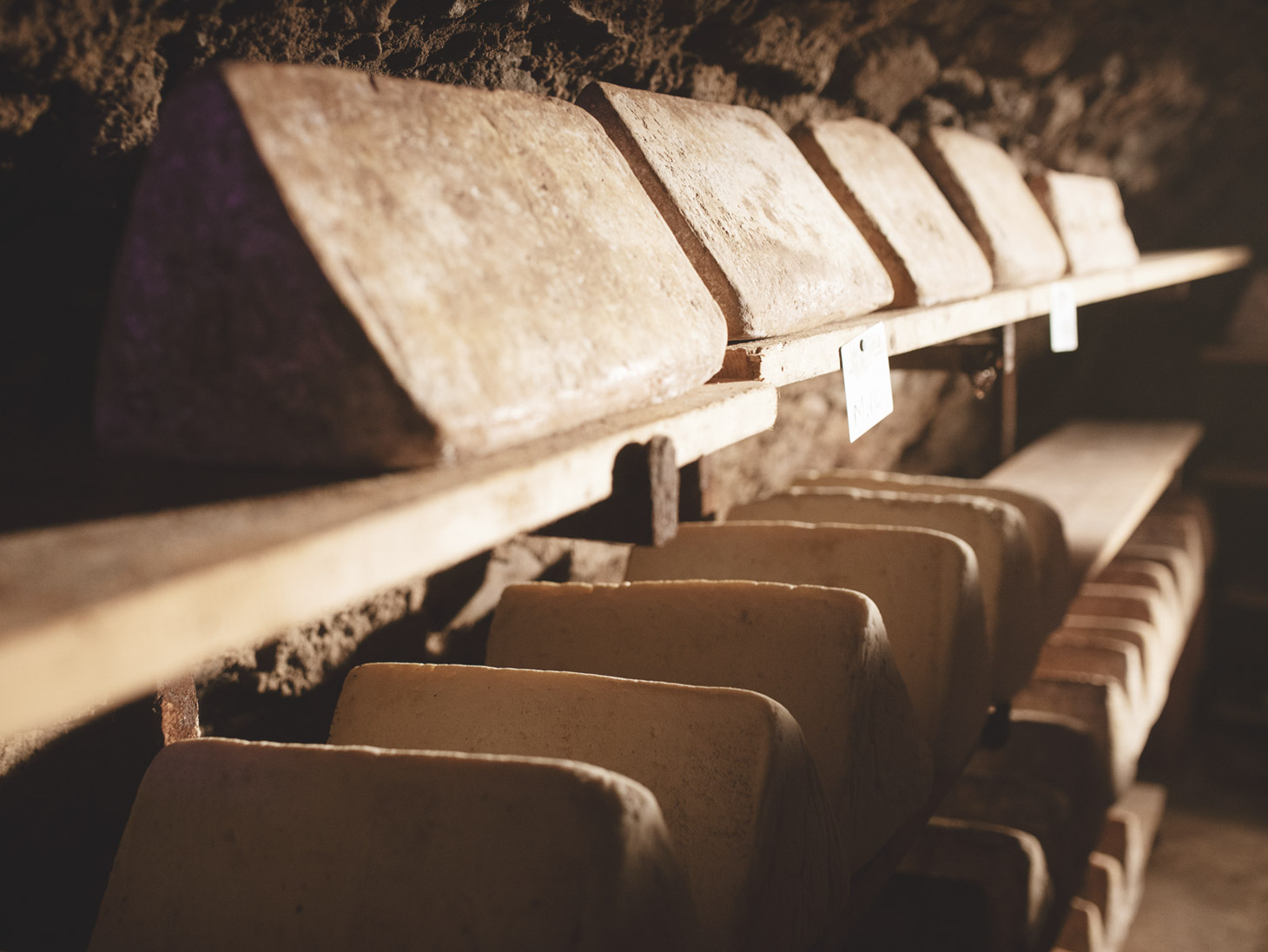
This was the way he convinced us too
We had already worked with La Giuncà about ten years ago, but at that time the headquarters were still in Roj and it was difficult to maintain constancy in production, admits Gianluca.
And so - despite the spark was already fired at that time, when we visited them in 2010 - after a few attempts we had reluctantly suspended the collaboration.
Returning to Fobello after 10 years has given us a unique emotion: finding the same faces in a larger and more structured dairy has been an enormous pleasure
Now the dairy is located in the village of Fobello, not anymore in the hamlet of Roj, still at high altitude but a little more accessible.
“Costant” is a word that Gianluca repeats like a mantra.
The temperature of the milk must remain constant during processing, the pH must be constant, as must the size and the way curd is broken
“Only in this way we they able to obtain cheeses with recognizable characteristics despite raw milk and seasoning in natural environments. Strictly without the use of chemistry”.
But let’s start from the beginning.
Today the milk is collected from many micro farms in a very large mountain area, from the upper Biella area to the Valsesia up to the Monza mountain area.
Sometimes it is the shepherd himself who brings 40/50 liters of milk to the truck owner, because he is in poor places and the quantity ok milk produced is too small to justify the road.
The milk is then stored in refrigerated tanks and processed two or three times per week according to availability and season: from 100 to 400 quintals of milk per week according to the period. January is the month in which goat milk processing starts back.
“Some of the farms have managed to produce goat milk during all the year, but we still stop the processing of fresh goat cheeses during the dry period because the milk is not perfect for this type of products”.
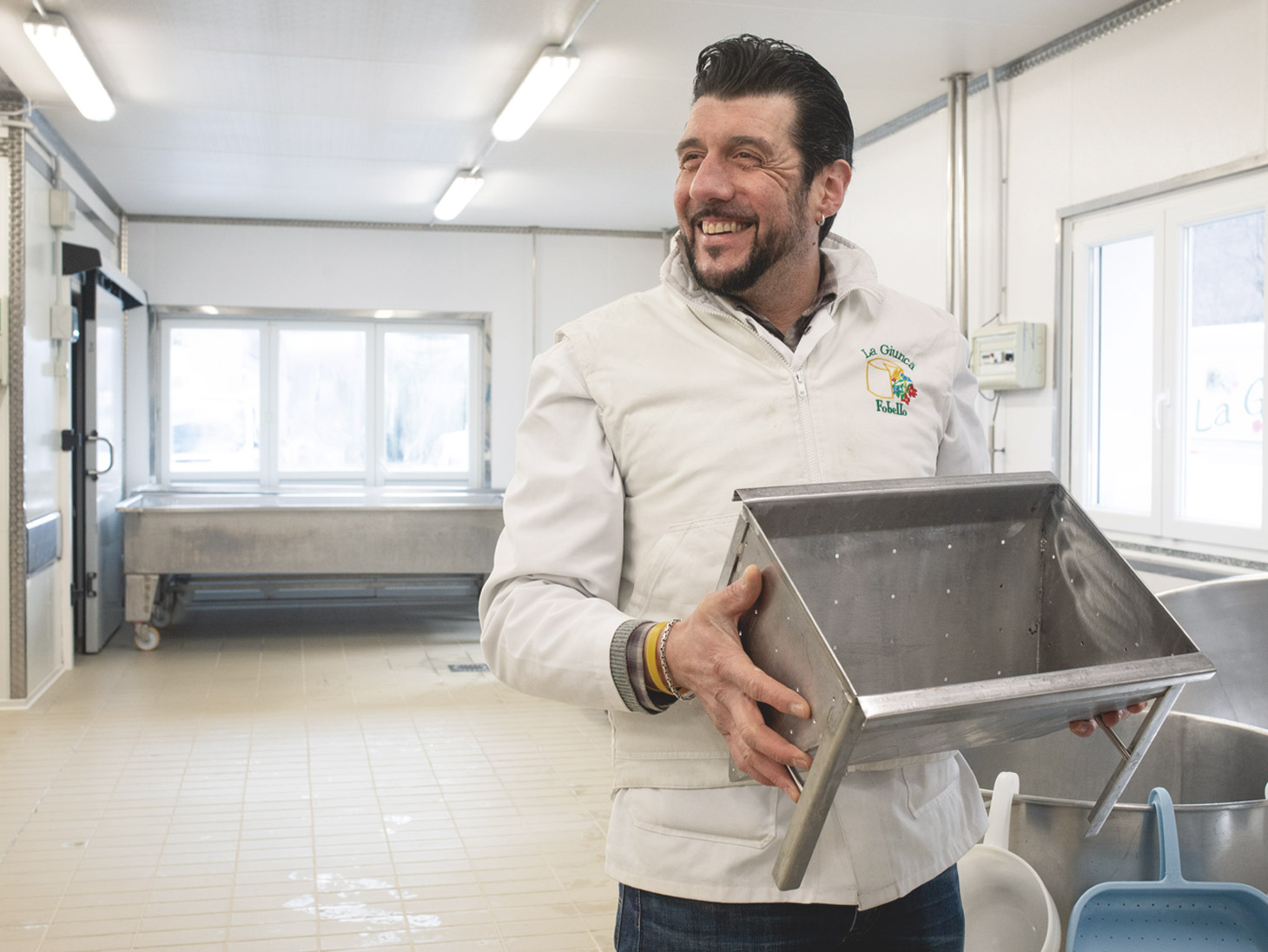
“Technological shepherds, we have been defined by some food critics, because we control maniacally temperature and pH, but also because we like to experiment with many different processing technologies.We produce more than 40 types of cheeses, from fresh goats to seasoned tomes, up to butter“. Here in Valsesia, Toma Valsesia and butter were once the currency of exchange for shepherds: the baskets were filled with toma cheeses and butter was put in the holes to bring them to the market. Toma Rossa, on the other hand, was a larger toma that was produced to feed the family: large, so it could mature for a long time and last until the following alpage period and with a texture hard enough to be vertically stacked in the backpacks carried by donkeys. The butter used to be clarified and stored in the pantry, since there were no refrigerators“.
The dairy is empty, today there is no production, but we still have to wear an apron and shoe covers.
Production rooms are sanitised every day to avoid contamination. Even when we enter the packaging room, a pungent smell of disinfectant assails us.
Gianluca is inflexible on this: “since we work exclusively with raw milk we must be very strict on hygiene”.
Starting from the selection of the shepherds, who must be, first of all, very clean
The raw milk is pumped into the boiler from the external storage silos and brought to a temperature of 36-43°C depending on the processing.
After the extraction of the curd, the forms pass into a first hot chamber to slow down the drop in pH, a sort of stewing; when they reach the desired acidity they are moved at room temperature or to a second hot chamber with about ten degrees less: in this way the temperature change stabilises the pH.
Only at this point “the cheese is born”, says Gianluca. The cheese are then salted, in brine for large forms, dry salted the small ones.
Finally the cheeses pass into a pre-seasoning cell, where the “cicatrisation of the crust” begins, and here they wait for space to be freed in the cave, where the real maturing will begin.
It is curious to see the variety of “fuscelle” and molds used: the Gianduiotto ones is the result of an engineering study, with the aim of making the absorption of the salt more uniform but also of being able to handle a mold that contains 18/20 kg curd; or the metal mold of Toma Rossa, 50 years aged, still used today; and above all the one used for Beola: a plastic box, like the ones used for fruit or vegetables, in which the cheese is put into shape wrapped in a cloth.
“The rind is the identity card of a cheese. Molds tell you everything: what season it is - they are dark gray in winter and turn yellow-white-reddish in spring and summer - if there has been a change in temperature, if the wheel has been accurately refined“.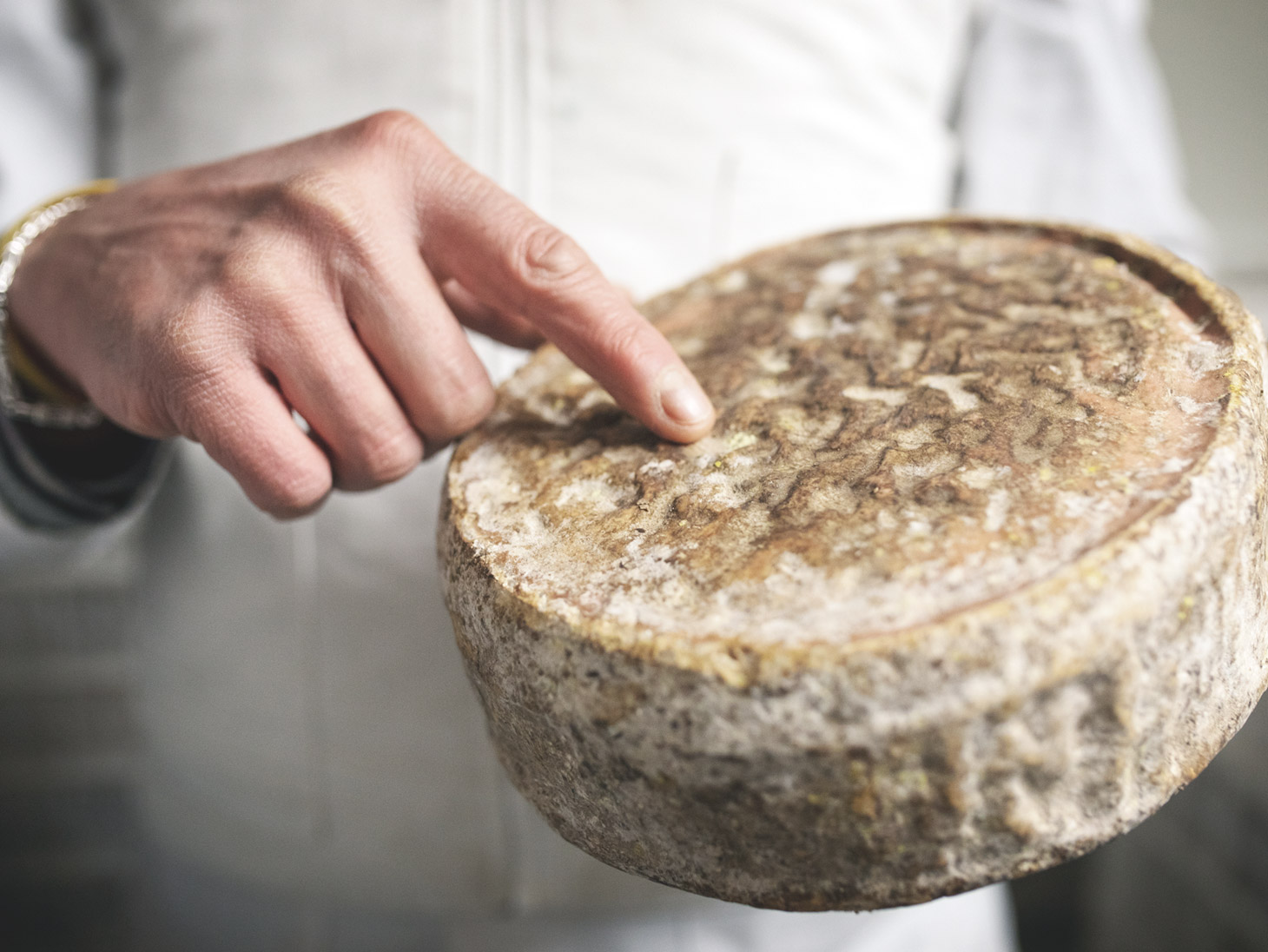
We leave the dairy and after a short walk through the narrow streets of Fobello we reach one of the ten natural cellars, distributed in various parts of the village, where Gianluca matures his cheeses.
I had already seen the pictures, but I did not expect them to be so small: I had to lower my head to enter in this natural cave, with very few wooden shelves, where the temperature remains constant and moulds can work for a long time. In spring and summer, when humidity increases, cheeses tend to stick to the boards, closing the pores of wood.
For this reason cellars are emptied and cleaned twice a month, the wooden planks brought to the dairy and washed, to allow the cheese to breathe during seasoning. A tough job indeed!!
You can say these cheese are expensive, and maybe they are. But perhaps the right question is how much they are worth: how much is it worth saving a tradition or keeping a small village alive?
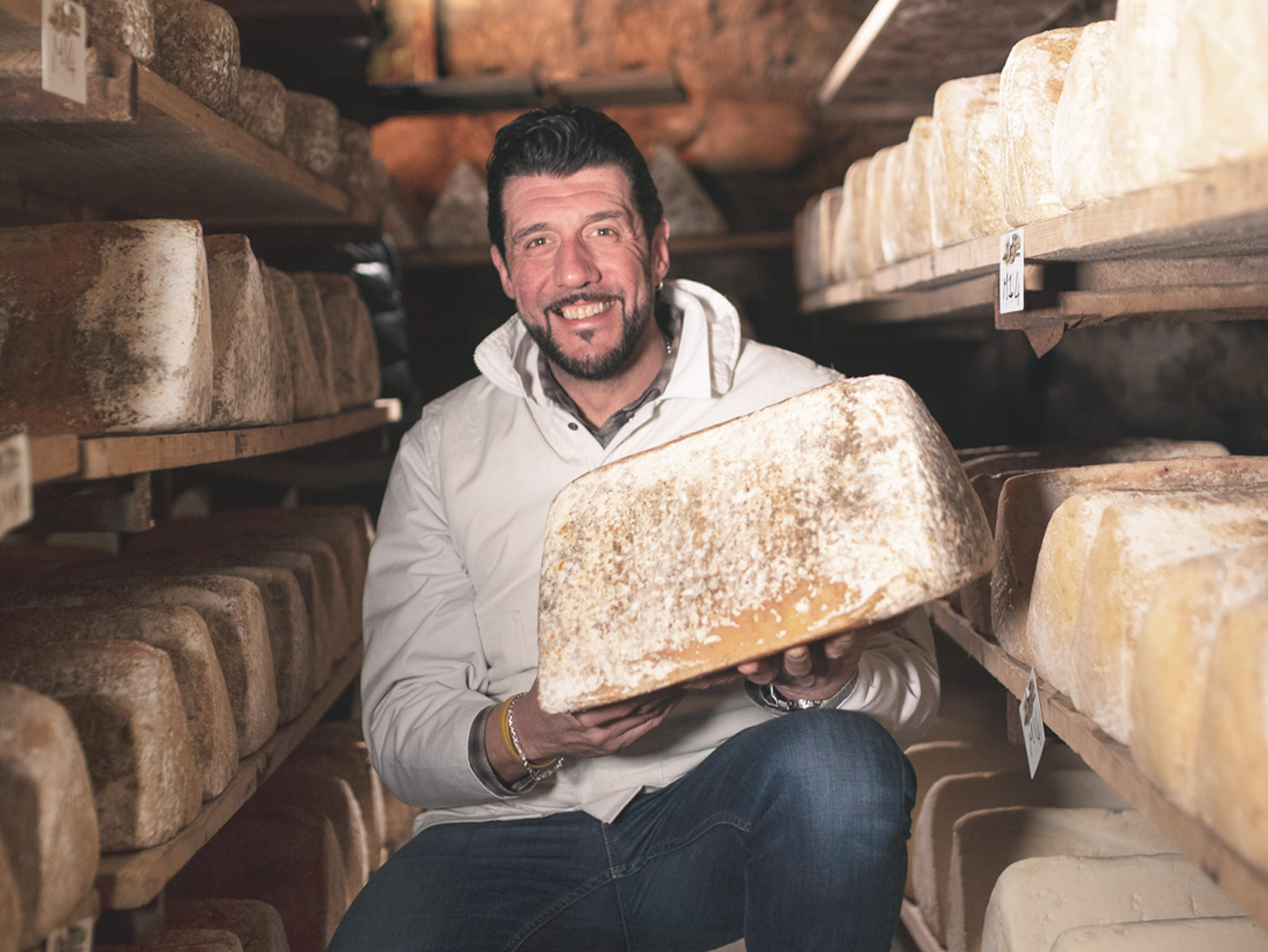
For this reason cellars are emptied and cleaned twice a month, the wooden planks brought to the dairy and washed, to allow the cheese to breathe during seasoning. A tough job indeed!!
You can say these cheese are expensive, and maybe they are. But perhaps the right question is how much they are worth: how much is it worth saving a tradition or keeping a small village alive?
Martina Iseppon
Marketing Director





